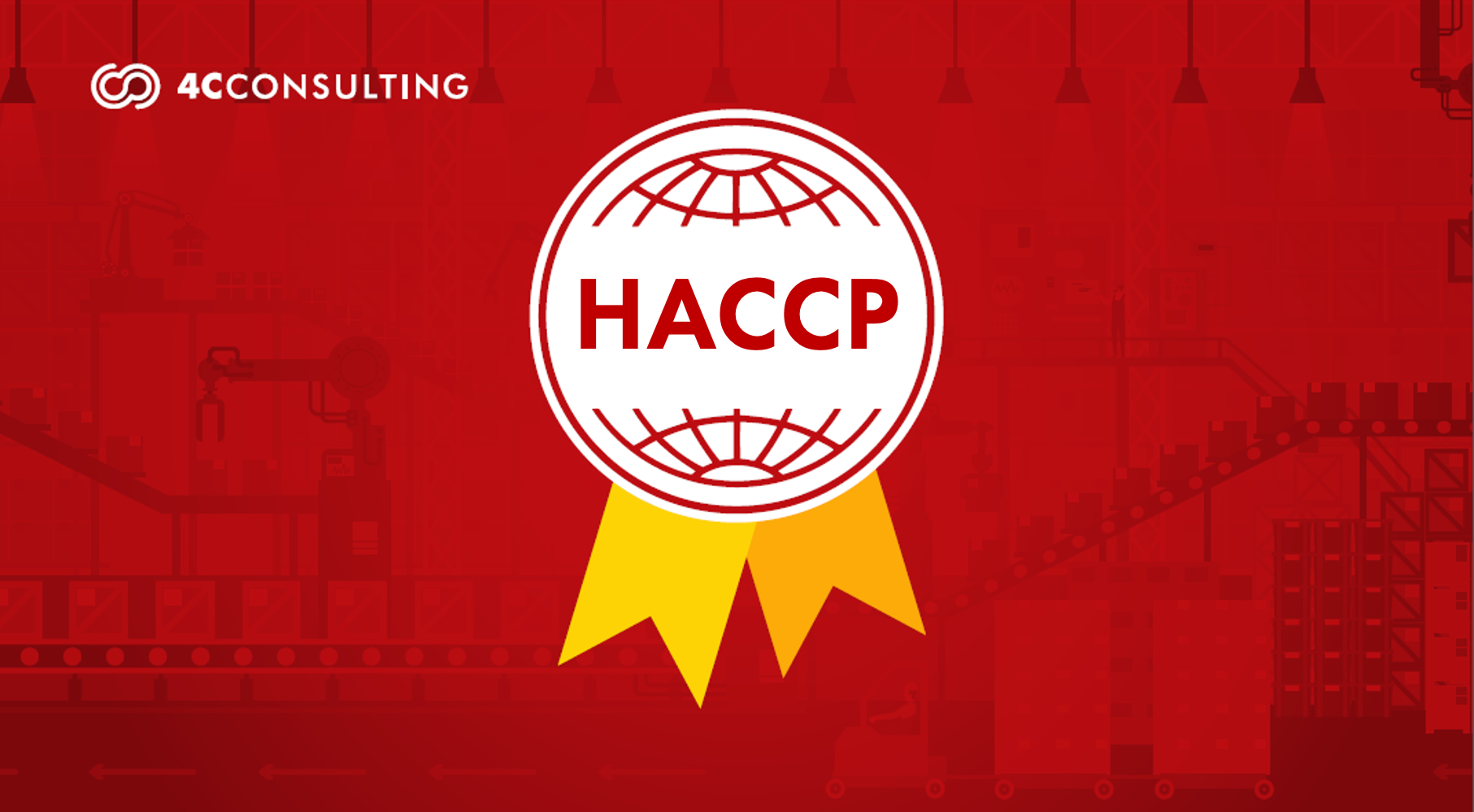
HACCP (Hazard Analysis and Critical Control Points) Certification: Introduction to Food Safety
21st Aug, 2023
In a world where food safety is of paramount importance, Hazard Analysis and Critical Control Points (HACCP) has emerged as a proven and proactive approach to safeguarding the quality and integrity of food products. Whether you are a food producer, manufacturer, distributor, or service provider, HACCP provides a systematic and science-based methodology to identify and control potential hazards, ensuring safe and wholesome food for consumers. In this blog, we will delve into the world of HACCP, exploring its principles, benefits, implementation steps, and its significance in promoting public health and consumer confidence.
Introduction to Hazard Analysis and Critical Control Points.
HACCP stands for Hazard Analysis and Critical Control Points. It is a systematic and preventive approach to food safety management. HACCP is designed to identify, evaluate, and control potential hazards in food production processes to ensure that the final food products are safe for consumption.
The primary goal of HACCP is to prevent, eliminate, or reduce hazards that can cause foodborne illnesses or other adverse health effects. It focuses on identifying critical control points (CCPs) in the food production process, which are the stages where control measures can be applied to prevent, reduce, or eliminate hazards. So, HACCP is a management system in which food safety is addressed through the analysis and control of biological, chemical, and physical hazards from raw material production, procurement and handling, to manufacturing, distribution and consumption of the finished product.
HACCP is applicable to?
It is important to note that while HACCP is primarily applicable to the food industry, the principles of hazard analysis and control can also be adapted to other industries where product safety and risk management are critical, such as pharmaceuticals, cosmetics, and healthcare.
A HACCP certification is vital for you to prove to your customers and partners that your food business is running safely. As such, HACCP certification should be sought by anyone with a food business, such as;
- Restaurants
- Catering businesses
- Food transportation companies
- Food preparation services, food truck
- Food manufacturers
- Food delivery service
Principals of HACCP.
HACCP involves a seven-step process that must be followed:
- Conduct a hazard analysis: Identify and assess the potential hazards associated with each step of the food production process.
- Determine critical control points (CCPs): Identify the points in the process where control measures can be applied to prevent, eliminate, or reduce the identified hazards to an acceptable level.
- Establish critical limits: Set specific criteria to determine if a CCP is under control or if corrective actions are needed.
- Establish monitoring procedures: Develop procedures to monitor the CCPs and ensure that the critical limits are being met.
- Establish corrective actions: Define the actions to be taken when monitoring indicates that a CCP is not under control. These actions aim to bring the process back into control and prevent the release of unsafe food products.
- Establish verification procedures: Implement procedures to validate and verify the effectiveness of the HACCP system. This includes periodic review and reassessment of the system.
- Establish record-keeping and documentation: Maintain accurate and detailed records of the HACCP system, including hazard analysis, critical control points, monitoring results, corrective actions, and verification procedures.
HACCP is widely recognized and implemented in the food industry globally.
Steps to conduct Hazard analysis using HACCP.
Conducting a hazard analysis is a crucial step in implementing HACCP (Hazard Analysis and Critical Control Points). It involves identifying and evaluating potential hazards associated with each step of the food production process. Here’s a step-by-step guide on how to conduct a hazard analysis:
- Form a hazard analysis team: Assemble a team consisting of individuals with knowledge and expertise in food safety, quality control, production processes, and relevant regulations.
- Create a detailed process flow diagram: The process flow diagram must outline each step of the food production process, from raw material intake to the final product. This diagram should include all potential inputs, operations, equipment, and storage areas.
- Conduct on-site observation and gather information: Visit the production facility and conduct on-site observations to gain a thorough understanding of the processes, operations, and potential hazards. Consult relevant documentation such as Standard Operating Procedures (SOPs), supplier specifications, and historical records.
- Identify potential hazards: Systematically identify and list potential biological, chemical, and physical hazards that may occur at each process step. Consider hazards such as microbiological contamination, chemical residues, allergens, foreign objects, temperature abuse, and process deviations.
- Assess hazards and severity: Evaluate each identified hazard in terms of the severity of its potential impact on product safety. Consider factors such as the likelihood of occurrence, potential health risks, and regulatory requirements. Classify the severity of hazards as high, medium, or low.
- Determine likelihood of occurrence: Assess the likelihood of each identified hazard occurring at each process step. Consider factors such as process conditions, equipment design, operational controls, and historical data. Classify the likelihood as high, medium, or low.
- Evaluate current control measures: Review existing control measures and preventive measures in place for each hazard. Determine if they are adequate and effective in preventing or reducing the identified hazards to an acceptable level. Identify any gaps or weaknesses in the control measures.
- Determine if a hazard is significant: Assess the combination of severity and likelihood for each hazard to determine if it is significant. Significant hazards are those that require control measures to ensure product safety.
- Document the hazard analysis: Record the results of the hazard analysis process, including the identified hazards, their severity, likelihood of occurrence, and significance. Document the rationale behind the determination of significant hazards.
- Review and update the hazard analysis: Regularly review and update the hazard analysis to reflect changes in processes, ingredients, equipment, or regulations. Reassess hazards whenever there are modifications that may impact food safety.
Remember, conducting a hazard analysis requires a systematic and thorough approach. It is important to involve relevant stakeholders, rely on scientific knowledge and expertise, and consider historical data and industry best practices. The hazard analysis serves as the foundation for determining critical control points and developing effective control measures in the HACCP plan.
Benefits of HACCP Certification:
HACCP certification offers several benefits to organizations in the food industry. Here are some key advantages of obtaining HACCP certification:
- Enhanced Food Safety
- Compliance with Regulations
- Improved Quality Control
- Enhanced Reputation and Market Access
- Risk Reduction and Cost Savings
- Continuous Improvement
- Training and Employee Engagement
Overall, HACCP certification provides tangible benefits in terms of food safety, regulatory compliance, market access, and operational efficiency. It demonstrates an organization’s commitment to delivering safe and high-quality food products, benefiting both the business and its customers.
How 4C Can Help Your Organization for HACCP Certification?
To help your organization receive all the benefits of HACCP, our team of Food safety certified consultants is equipped to provide you exceptional consulting as well as training. Our team of experts at 4C has helped 150+ clients gain international recognition, credibility, and trust from customers, powered by 5000+ training hours. For HACCP implementation and certification in your organization, contact us now @www.4cpl.com
